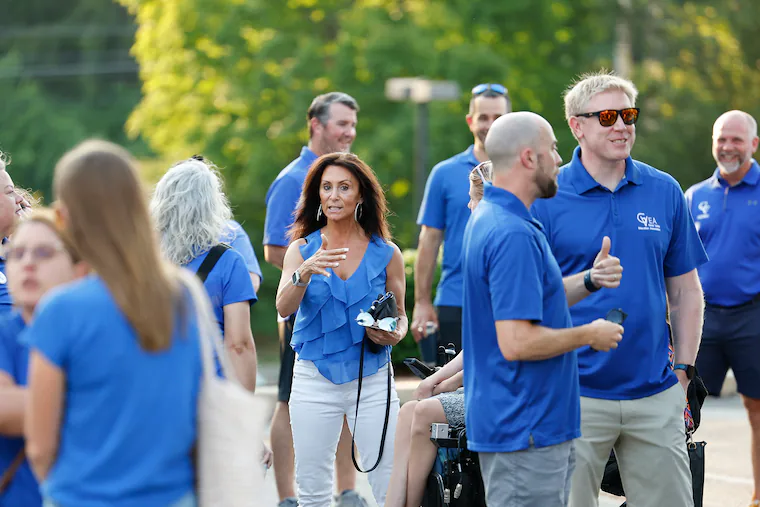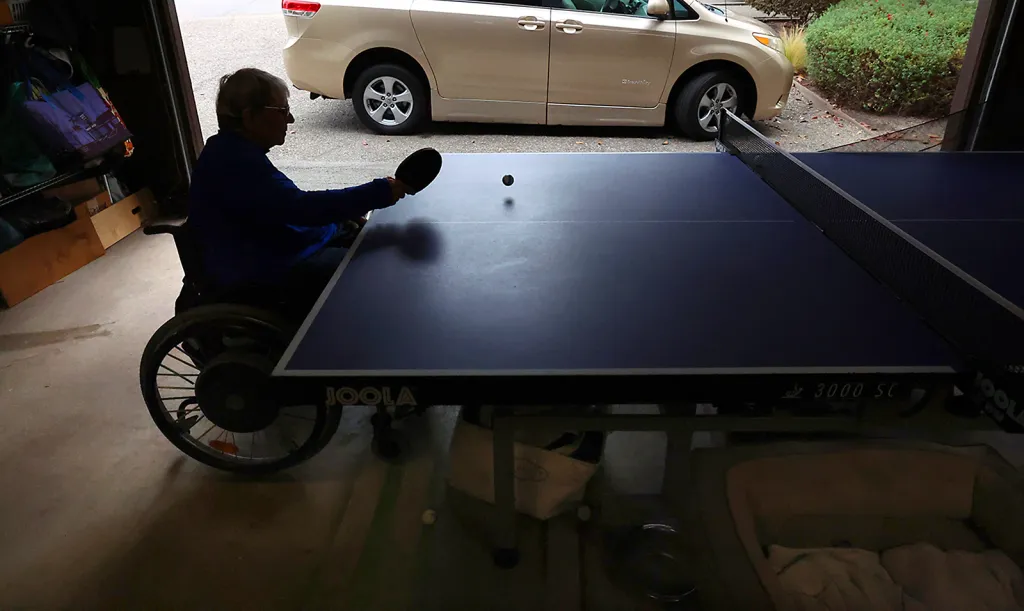Copyright The Philadelphia Inquirer

I spent my teenage years in Malvern, an affluent town about 40 minutes northeast of Philadelphia. Unless you are well acquainted with the region (or are a Mikal Bridges fan), you wouldn’t know much of anything about where I was raised. We are best known for our high standardized testing scores, expensive houses, and low-grade pretentiousness. The most notable news in town lately has been the middle schoolers using TikTok to bully our teachers. Other than that, we don’t really stand out in the cultural consciousness of Pennsylvania. Malvern is a somewhat run-of-the-mill suburb. It is the type of town with cul-de-sacs and wine cellars. A town that favors spring break trips to Cancun, with kids brushing up their Spanish by attempting to converse with Chipotle employees. We’re a shifting town. Far enough from the city to escape the abandoned factories of the Rust Belt, but not quite far enough to escape the Jersey transplants. Many Wawas Malvern holds many secrets briefly revealed, then erased by the newest bulging neighborhood development. I grew up throwing rocks at the windows of graffitied, long-abandoned buildings inhabited only by the turkey vultures and a local unhoused guy with a broken shotgun. The windows got boarded up since I moved out, and I haven’t seen that guy in a while. Oh, and a high Wawa-to-human ratio — like 1-to-12 — in my tiny town. Malvernians are not Philadelphians. Our experiences are structurally different from our neighbors, no matter our allegiance to the same sports teams. Many of us benefit from the amenities of Philadelphia: luxurious basketball stadiums, rising home equities, and tax breaks, but do not suffer the concomitant displacement of generational communities, pricing out of residents, or lack of funding toward community development. Malvernians are not Philadelphians. Many of us politely talk about Philly’s “quirks” with an implicit fear and envy of its diverse communities. The same is true of any of the towns in our county, but that doesn’t stop kids from as far away as Mechanicsburg from using jawn or boul as if they were adjectives, and telling everyone in their college towns they are from The City. I get it, though. There is a sense of clout from claiming you’re from a well-known city vs. a cookie-cutter neighborhood in, say, Bucks County. It is also just easier to tell a stranger you are from Philadelphia than to point out your suburb on Google Maps at a house party. When I moved out of Malvern to attend college in North Carolina, I would fudge the truth a little, too. I mean, so what? Everyone in Chapel Hill claims they’re from Charlotte when they’re really from, like, Marvin or something. After all, going off to college is a fresh start, and who would know? An authentic Philadelphian Until one day, I met someone who was actually from Philadelphia. He asked me: “Wait, so what high school are you from?” “I went to Great Valley.” “Oh, I’ve never heard of that. What neighborhood is that in?” “Uh, it’s actually in Exton. ‘Bout 40 minutes away from the city.” “Isn’t that two counties away? Don’t you have Amish people?” During my freshman year, I think I was embarrassed by where I’m from, or, at the very least, insecure. I didn’t want people to think I was a product of a small town they’d never heard of. So instead, I would co-opt the experiences of other people for social comfort. And to some extent, I probably still am a bit embarrassed by where I am from. But that place is me. Every overgrown oak, every high school teacher, every lousy convenience store that doesn’t card. Malvern formed me. And if I’m embarrassed by it, I’m embarrassed by myself, too. So I’ve been more honest recently. It seems small, but telling my college friends about my life back home instead of just hiding it behind a white lie has been freeing. They want to visit soon. And that makes me happy.



